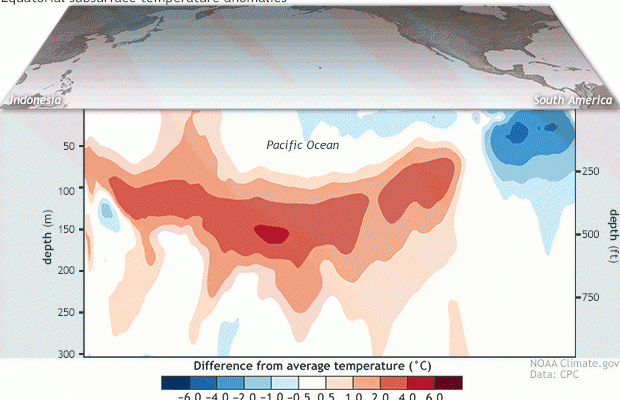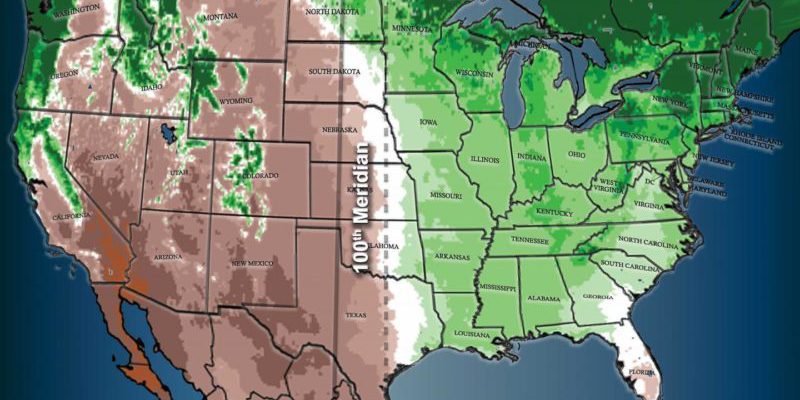Climate and Ag in the news
-

The latest ENSO update from NOAA at Climate.org shows that a blob of warmer than normal temperatures is slowly moving eastward under the surface of the equatorial Pacific Ocean and should displace the cold water that remains from the fading La Niña in the next few months. That has increased the chances of an El…
-

The USDA Climate Hubs recently published a paper describing the results of a survey of their field agents and how they are dealing with increases in extreme weather and changes in climate over recent decades. You can read more information about the report at https://www.climatehubs.oce.usda.gov/hubs/topic/usda-field-staff-surveys. According to that page, “In order to better support NRCS and…
-

If you listen to local media of either party talk about recent trends we have seen in climate, you will notice that some outlets use “climate change” to discuss the trends while others use “global warming”. Scientists generally prefer “climate change” because the changes we are seeing to the climate due to humans, including land…
-

I spent a summer in Fort Worth, Texas, where they define the difference between their fair city and their nearest neighbor as “Dallas is where the East peters out, and Fort Worth is where the West begins.” But there is also a climatological difference between the two places, with drier conditions at Fort Worth than…
-

Here is a story that links events in World War 2 to impacts on tree rings in Norway. According to the story, a German dendrochronologist noted that many trees along the Norwegian coast near Kåfjord. In 1945, the Germans were hiding their battleship the Tirpitz there using chlorosulphuric acid as a sort of “chemical fog” to try…
-

Floods are a liquid disaster caused by heavy precipitation or training storms which drop their moisture over the same spot over and over again. Slow-moving storms and saturated soils can contribute to the volume of water that comes down the river channels. In some parts of the country, rain falling on snow makes rapid snowmelt…
-

Changes in how land is used can affect the local climate in a number of ways. The addition of irrigation can add moisture to the region, increasing the likelihood of summer rain and cooling temperatures. Changing the land surface by adding cover crops can also affect the climate by changing the way rainfall is absorbed…
Posted in: Climate and Ag in the news